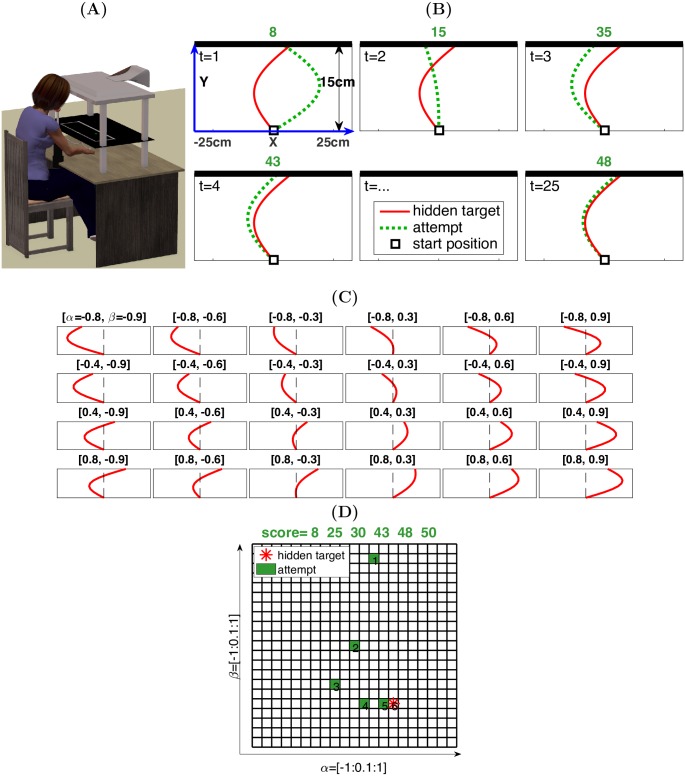Fig 1. Experimental design for the motor learning (reaching) task and the decision-making task.
(A) Illustration of the motor reaching task settings. (B) An example of the explorative motor learning in which a participant matched the reaching trajectory with a hidden target trajectory across 25 attempts. The red line represents the hidden target, while the green dashed lines represent the attempts. A score (points) was given after each attempt. (C) The 24 target trajectories used in the reaching task. The title of each panel includes the direction and curvature parameters for one target trajectory ([α, β]). These 24 targets were generated to be evenly distributed across the workspace. (D) Illustration of the decision-making task. Participants explored the cells (green) within the grid, defined by α and β, to find a hidden target cell (red asterisk). After each attempt (cell selection), a score (points) was provided.

